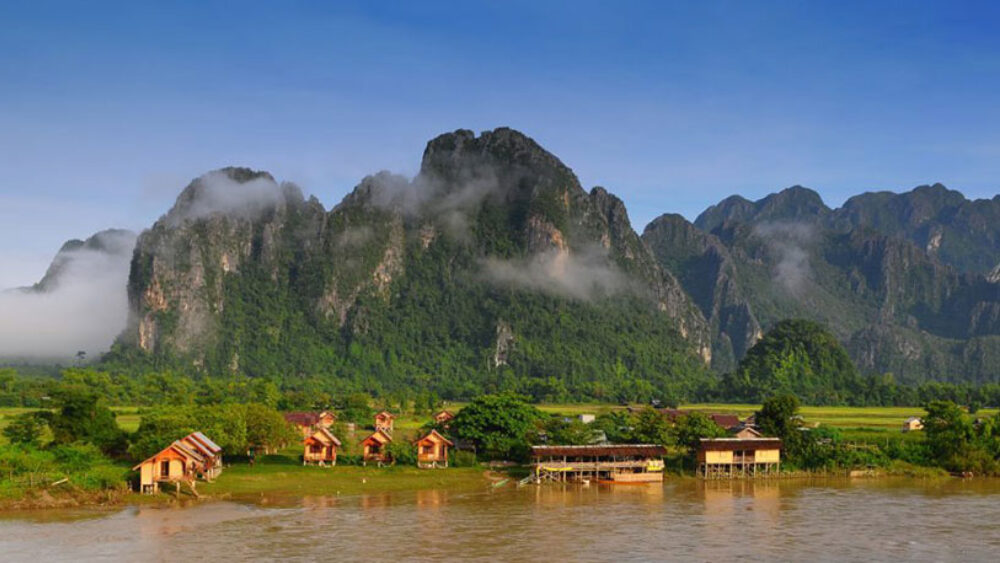

The sleepy town of Vang Vieng, nestled in the picturesque mountains of Laos, was once a quiet and relatively overlooked destination. However, its lush landscapes, the serene Nam Song River, and the striking limestone karsts have seen a significant evolution in its tourism scene over the years.
Historically, Vang Vieng began gaining attention from backpackers in the 1990s. The town's tourism initially boomed due to its natural landscapes and the opportunity for adventure activities, such as tubing, hiking, and caving. The town’s nightlife and party scene also experienced growth, attracting a younger crowd seeking both adventure and a social atmosphere.
By the early 2000s, concerns about sustainability and the negative impacts of tourism began to emerge. In response, Vang Vieng, along with various stakeholders, started to shift toward more sustainable tourism practices. This marked the beginning of initiatives like the Vang Vieng Organic Farm, which aimed to blend tourism with ecological responsibility and community development.
The Vang Vieng Organic Farm was founded in 1996 to promote sustainable agricultural practices, provide employment, and educate both locals and visitors about organic farming. Tourists are invited to take part in farm activities, learn about silk production, and engage with local farmers. The Farm has played a crucial role in not only providing alternatives to mainstream tourism but also in promoting Vang Vieng as a destination for ecotourism and responsible travel.
The latest tourism trend in Vang Vieng and the Organic Farm emphasizes community-based tourism, adventure activities that respect the environment, and immersive cultural experiences. Tourists are now looking for authentic connections with the local culture and ways to support sustainable development. The Farm offers programs like volunteer farming, educational tours, and homestays, attracting a new wave of responsible tourists interested in supporting such initiatives.
The impact of tourism, and specifically the presence of entities like the Vang Vieng Organic Farm, has been significant for the local economy. It has created jobs, boosted local agriculture, and increased awareness on the importance of conservation. This model has made Vang Vieng an example of how tourism can be a force for good when managed responsibly.
Moving forward, Vang Vieng's tourism industry is expected to continue evolving with a focus on sustainability. Efforts to preserve local culture, protect the environment, and offer meaningful experiences will likely shape the town's tourism landscape. The Vang Vieng Organic Farm remains a key player in this journey, representing a successful blend of tourism and sustainable practices that other destinations can learn from.
In conclusion, Vang Vieng's tourism evolution from a backpacker’s haven to a sustainable tourism destination shows a positive trajectory towards the responsible exploration and appreciation of Laos’s natural and cultural heritage, with the Organic Farm being a leading example of this transformation.